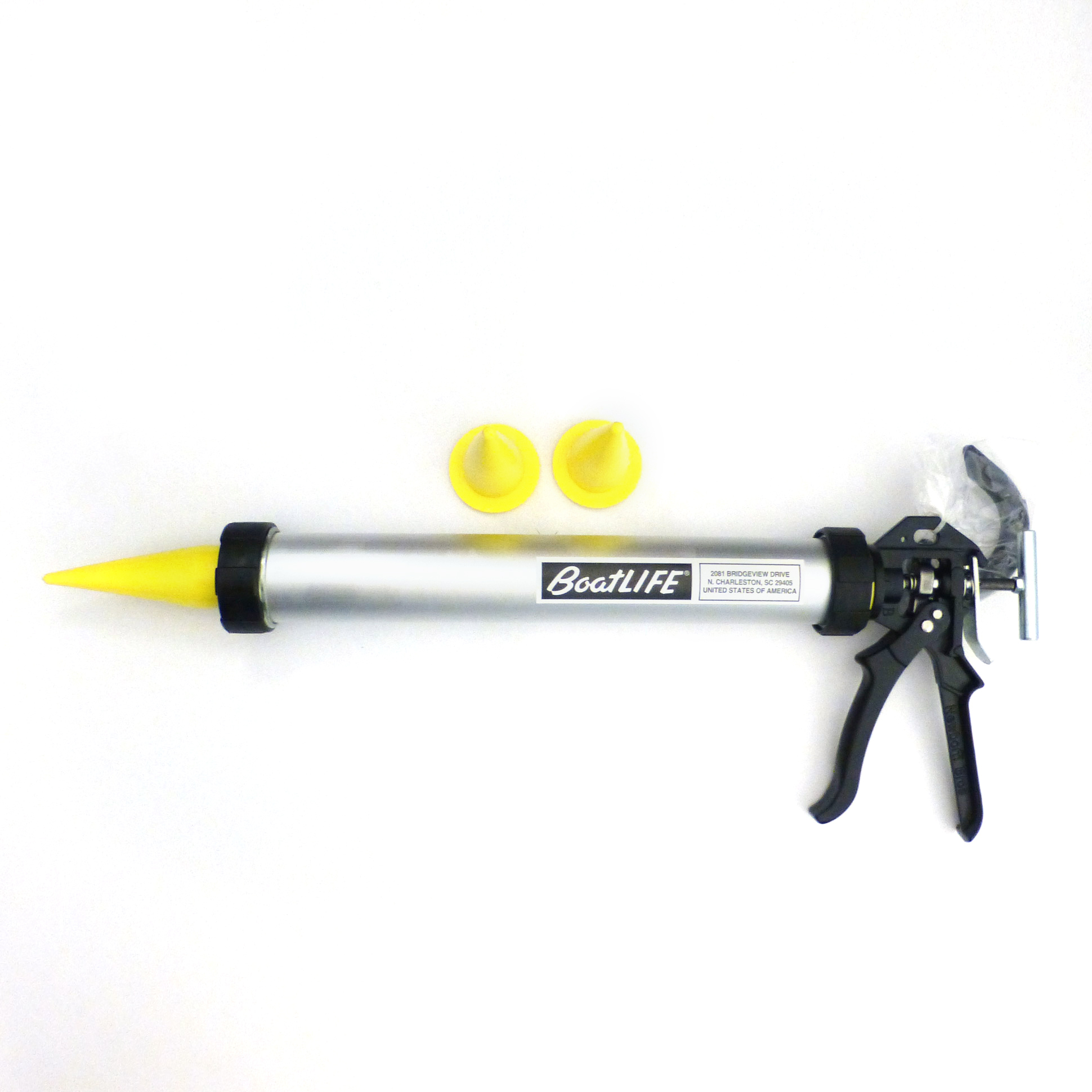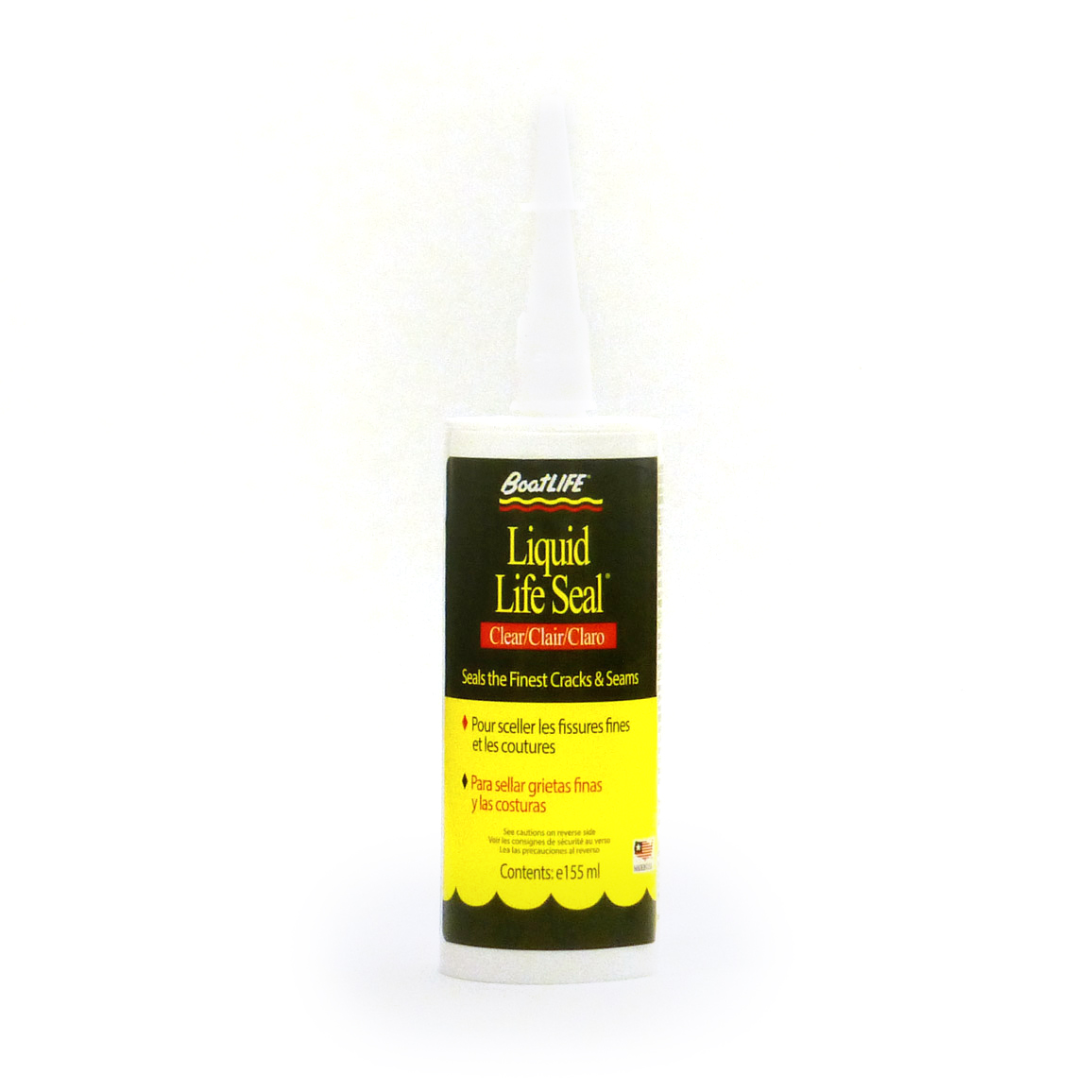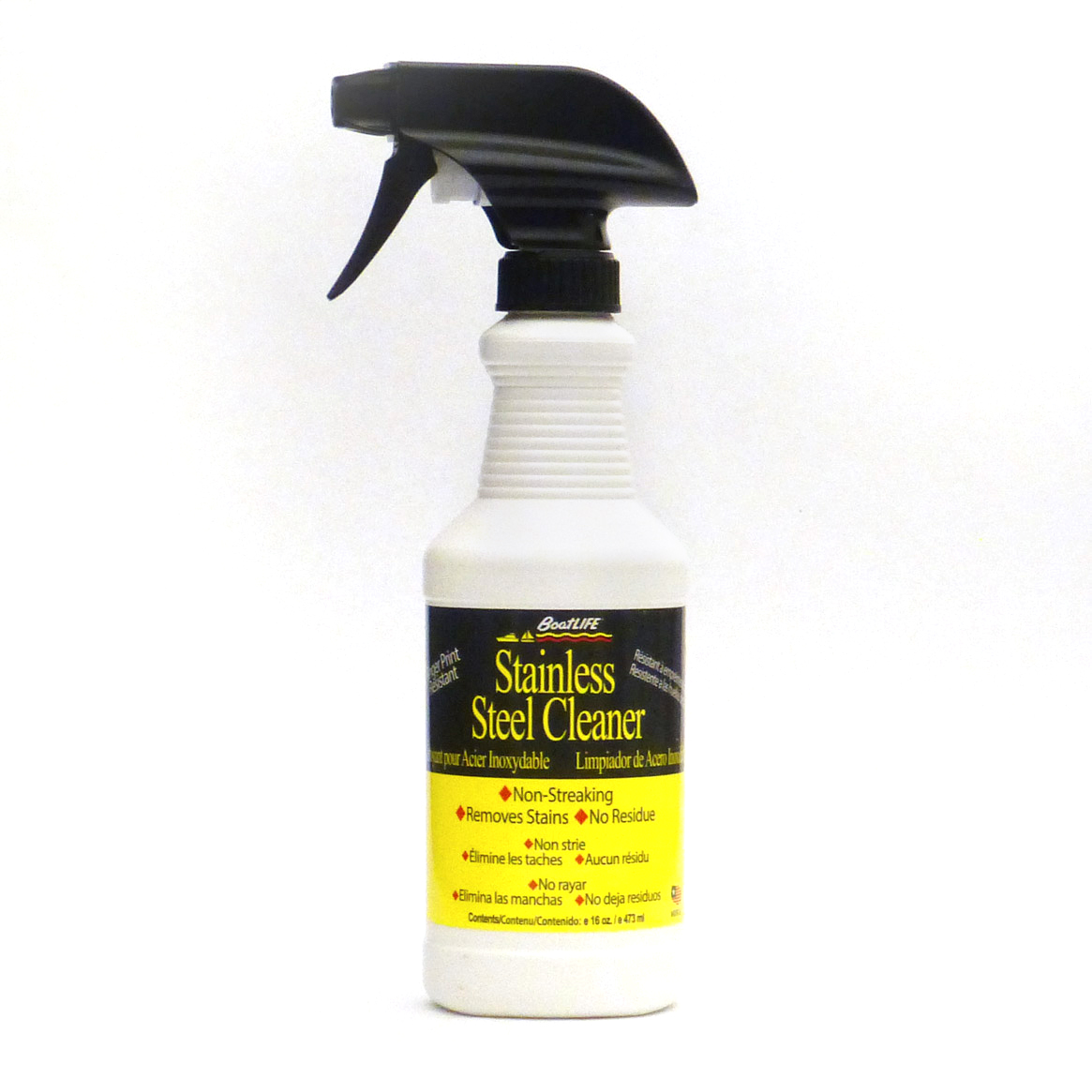 Image Credit: Chris Hepburn
Image Credit: Chris Hepburn
Every boat owner worth his salt heads down to the dry dock to inspect his craft and make the necessary preparations for his annual maintenance program. If you are a boat owner be sure that part of your annual inspection involves caulking in the seams of your boat. Good caulking compounds will form a tight, lasting seal between adjoining surfaces, thus assuring a watertight boat.
If the caulking is cracked or has begun to pull away from the seams, all of the good compound must be removed. Where caulking is used for fairing, bedding or joining, recaulking is frequently necessary. If most of the caulk is in good condition, patch only the defective spots. When recaulking, first scrape old caulk, then sand the opening down to the bare wood or metal. If oakum or seam cotton have been used as back-up filler and are in good condition, it is not necessary to remove them but they should be packed firmly to allow the application of at least a ⅜ inch bead of caulk. Before caulking, all seams and joints should be brushed or vacuumed clean. Any bare wood that is exposed should be primed and allowed to dry.
Here are a few more things to remember when caulking your boat:
- Caulking compounds should not be diluted with oil or thinners; this can cause shrinkage and loss of adhesion.
- Caulking compounds should not be applied at temperatures below 40 degrees F. or they become firm and do not adhere to the surface as well.
- Caulking should be painted, its life can be extended by normal paint maintenance.
~ Observer-Reporter, August 4, 1977
General Caulking Tips
- When using a caulking gun apply caulk by pushing materials into seams to avoid air pockets.
- Temperature and humidity are the main factors that determine curing time.
- Do not paint caulk until fully cured. (Life-Calk® only)
- Never clean seams by using an air compressor. Compressors will emit residual oil and water.
- Contact the varnish/paint manufacturer to insure compatibility with polysulfide before varnishing and/or
painting over and around seams. Test paint compatibility prior to painting. - Use Bondbreaker (stock #1211) to line the bottom of the seam which will prevent adhesion of the
caulk to all three sides, thus increasing the longevity of the bond. - Solvent & Cleaner is acetone free. Most acetone has been recycled and already contaminated with oil.
- Solvent & Cleaner should be used with all sealants, not just Life-Calk®.





